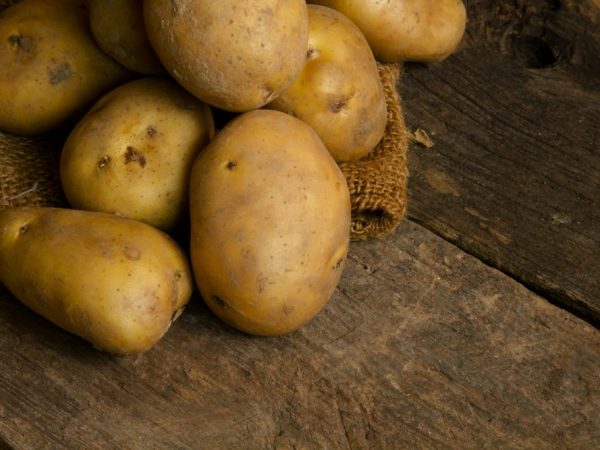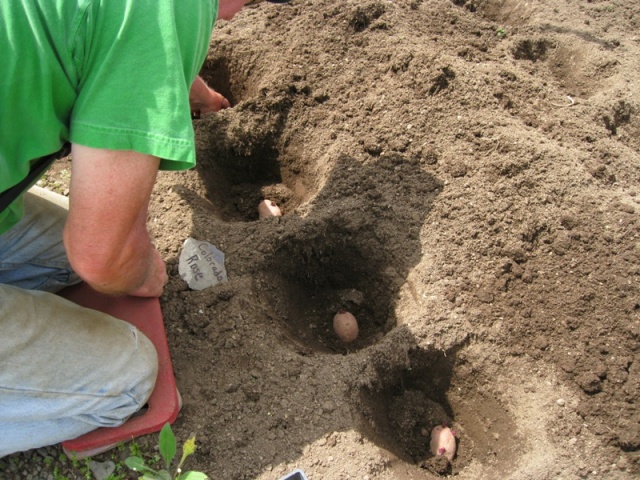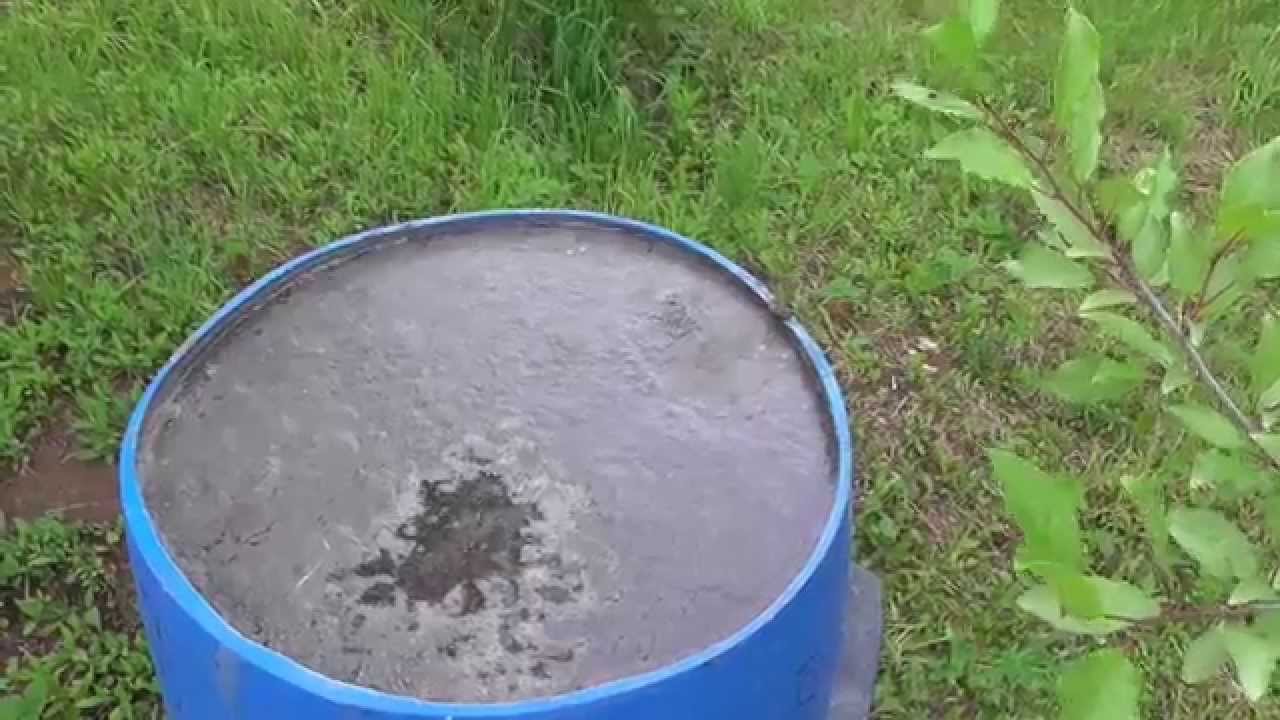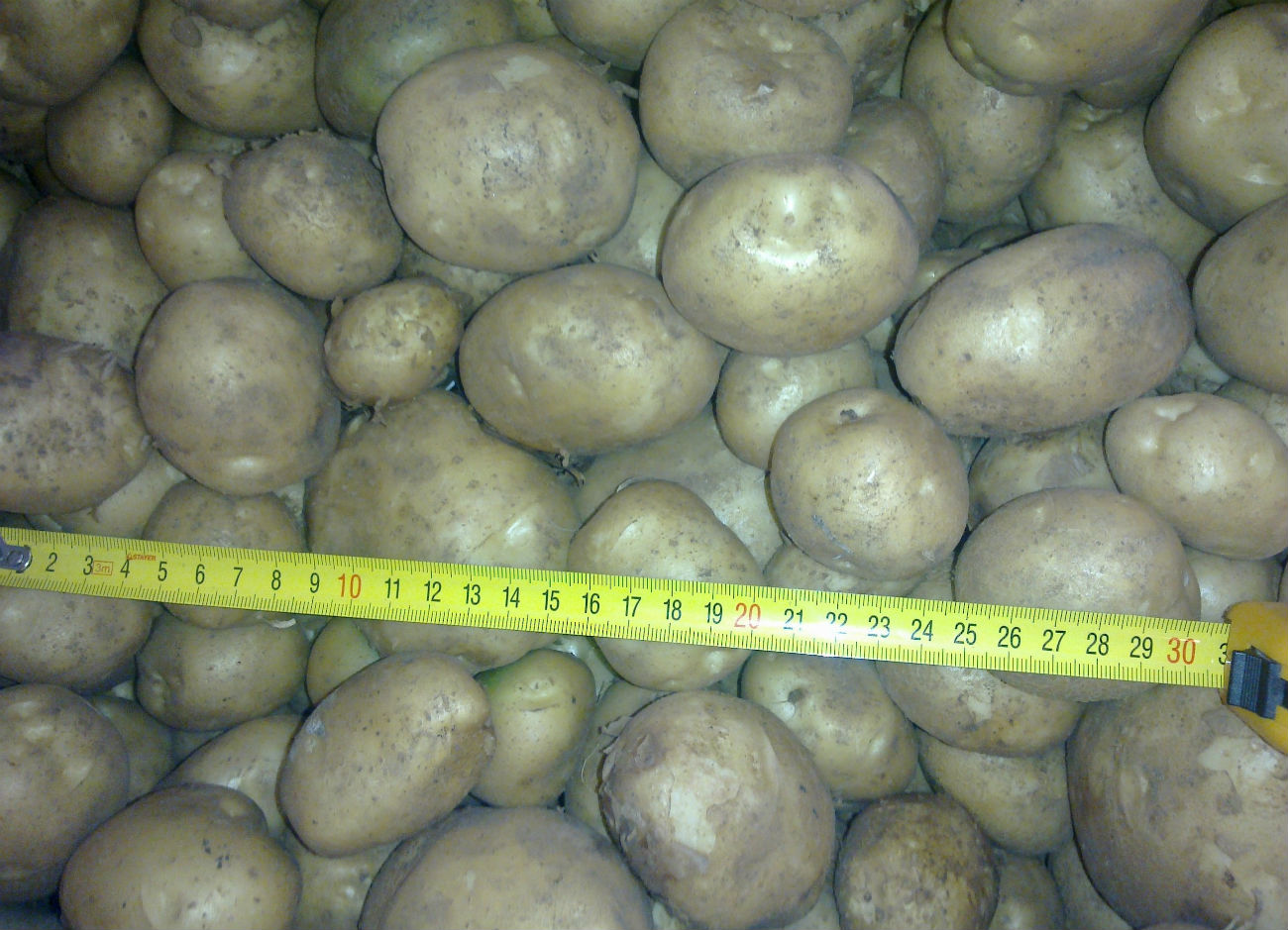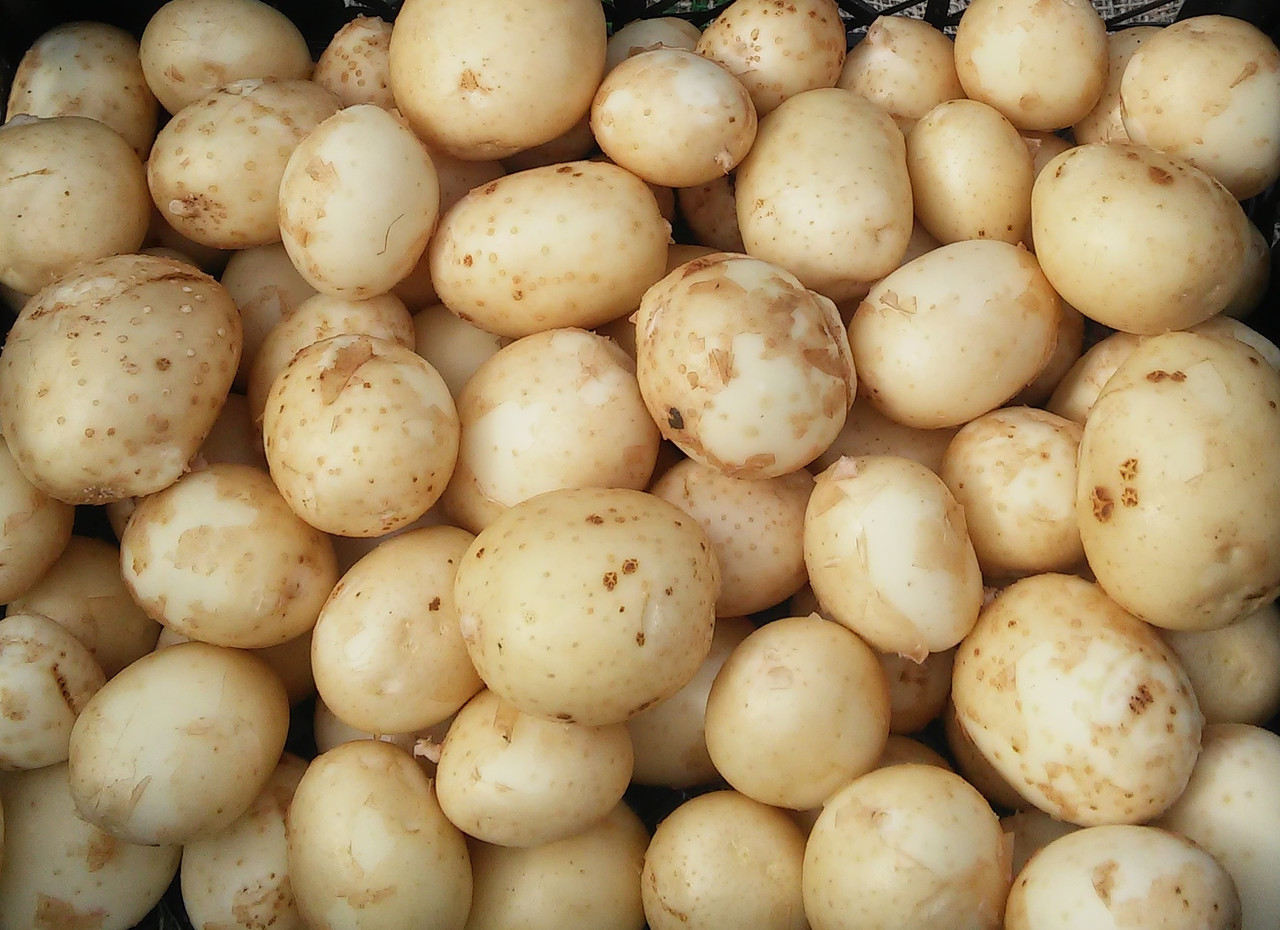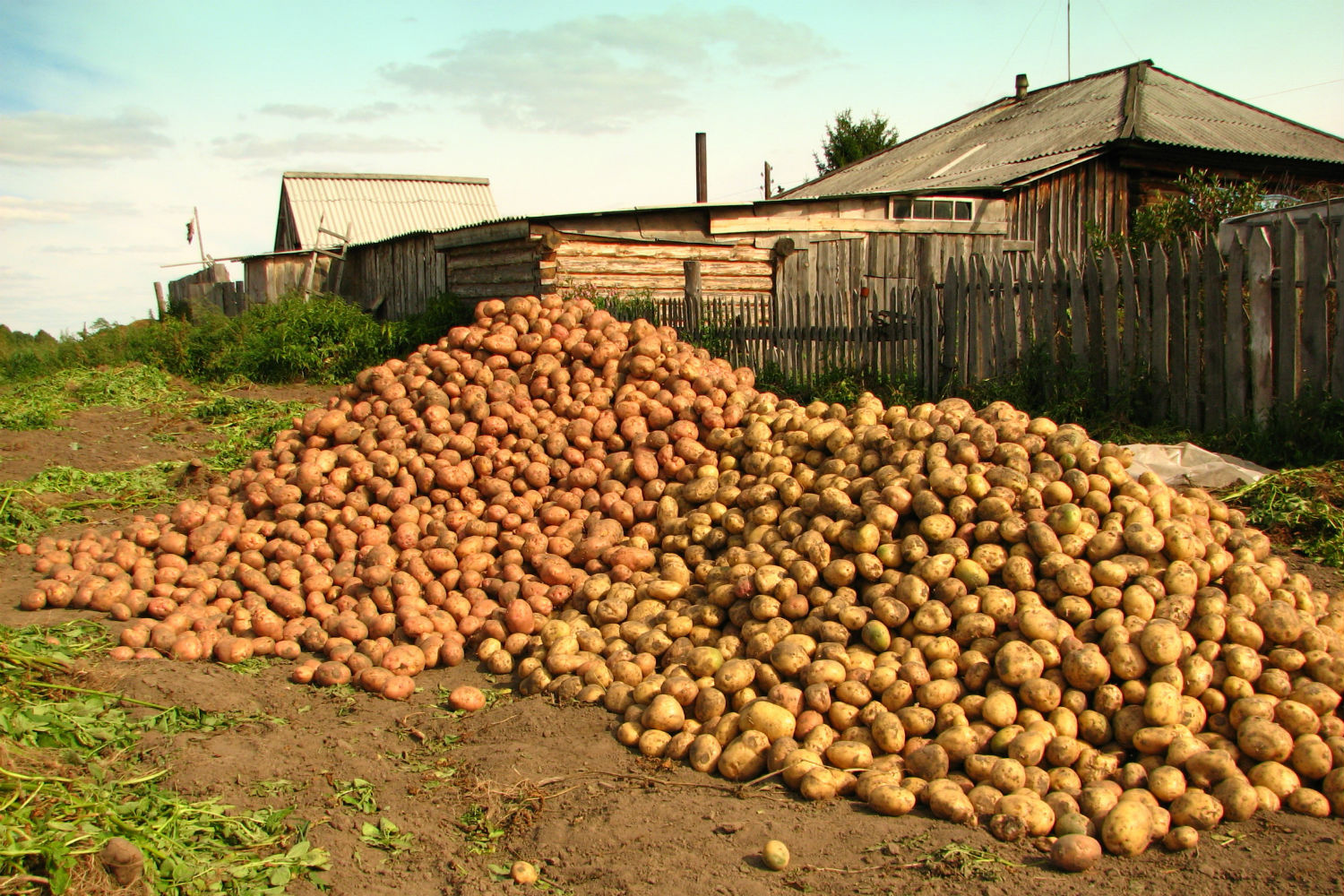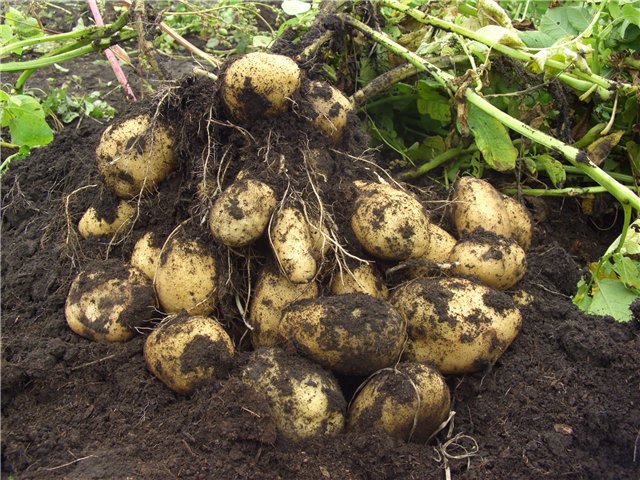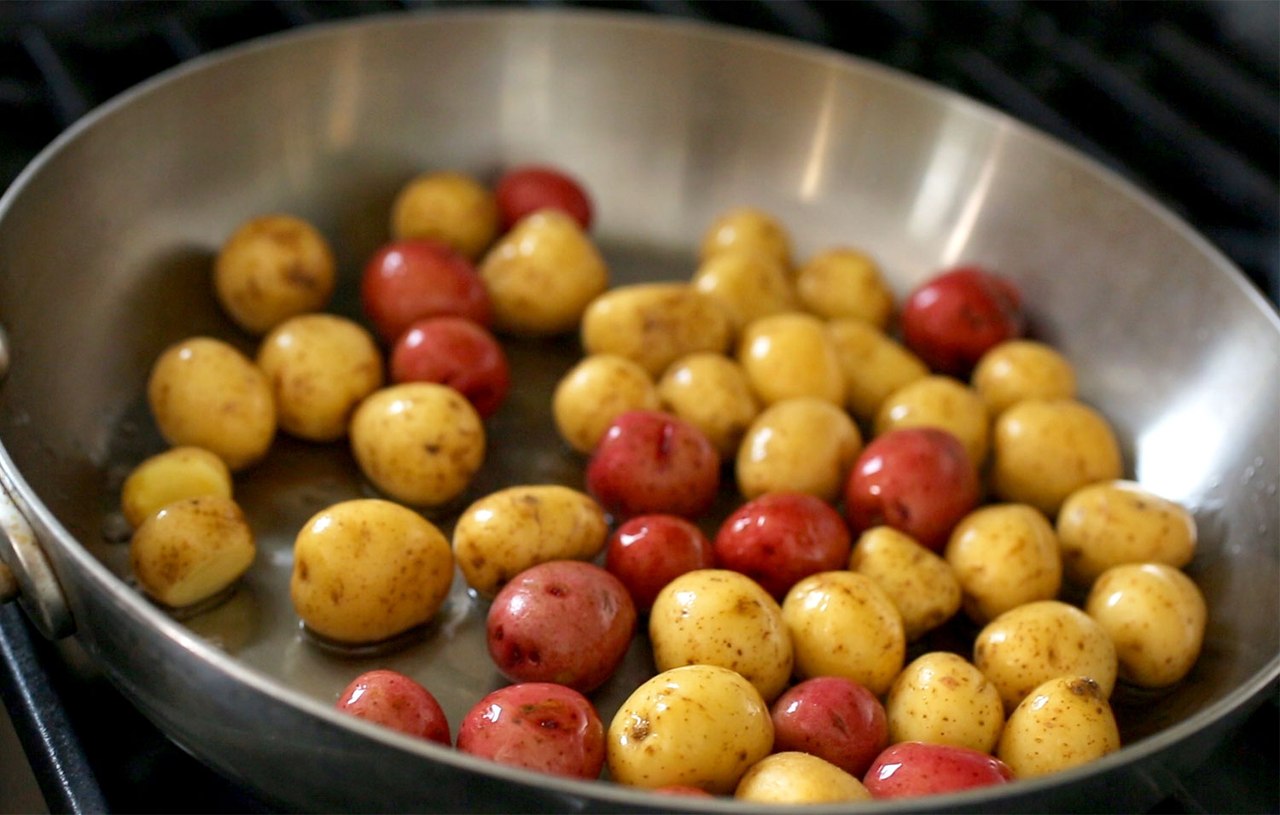Content:
It is very easy to get a good harvest - you should pay attention to Sylvanas potatoes. Due to its resistance to frost and disease, it has earned a worthy place in the recommendations of gardeners. It is appreciated for its excellent taste and unpretentious care.
The variety was bred in the Dutch selection, the potato belongs to the mid-season varieties. Tubers in the form of an oval, smooth, streamlined. The rind and pulp are yellow. The eyes are small, of medium depth. Small tubers weigh about 92 grams, large ones - 148 grams. In cooking, they are used everywhere: fried, boiled soups, stewed, used in salads, etc.
Description
The bush is tall, with a straight stem. The leaves are green, small in size, fibrous is felt at the edges. When the potato enters the ripening stage, large red flowers appear on it. The bush will give birth to 7 to 14 tubers in one.
You can plant without fear - Sylvanas potato variety has a positive characteristic, presentation - from 84 to 96%, which is proof of quality. The established keeping quality reaches 91%.
Main advantages over other varieties:
- There are many who want to buy such a potato, it has an excellent presentation. Planting for sale is profitable;
- It tolerates transportation well;
- Produces a good harvest;
- A valuable parameter - it has a strong immunity to the first enemies of the potato: crayfish and golden nematode;
- Pleasant taste, tubers are not soft.
In general, we can say that the variety has no pronounced disadvantages.
Preparation for growing
The harvested tubers begin to be treated with growth stimulants and protective agents against pests a month before being introduced into the soil. They are taken out to a warm, bright place. All these manipulations are performed in order for a potato sprout to appear.
How to plant a vegetable correctly
Sylvanas potatoes are planted in May, when the soil is already warmed up by the sun. If the cold spring has dragged on, it is wise for the gardener to wait for warm weather, to be guided by the climate.
There are several rules that must be followed strictly, given the property of tubers:
- The area for planting potatoes should be well lit. It is desirable that the light falls evenly. Then all the bushes will develop in the same way and ripen at the same time, which is convenient when harvesting;
- Gardeners who prefer the ridge planting method should form ridges no more than 10 cm;
- The distance at which the tubers are located is 25-30 cm;
- About 100 grams are poured into each hole. wood ash;
- Planting material is not buried deeply so that the potatoes germinate as quickly as possible.
Garden bed care
After planting, a week later, the soil around the bushes is carefully loosened so that the tubers receive maximum air. Weeds are removed. It is recommended to carry out this manipulation after each watering. The root system of Sylvanas potatoes is strong, but it is undesirable for weeds to interfere with growth.
When the growth of the bush reaches 20 cm in height, it is spud. This is done carefully - the bushes are easy to damage.Studying the Sylvanas potato crop description, it can be noted that a broken bush will give a small potato.
How often to water and fertilize
When planting, a handful of wood ash is placed in the hole. It normalizes the balance of soil acidity, increases the amount of yield, saturating the soil with microelements. The nutritional properties are significantly improved. Potassium helps in this - with a shortage of it, boiled potatoes release soapy foam, and they themselves turn black. Wood ash not only promotes bush growth, but also helps to form a healthy tuber.
The bushes are fed several times during the entire growing season. This is done through each watering. Mullein, humus, bird droppings are bred with water. Finished fertilizers can affect the taste of potatoes.
How to make fertilizer yourself
Chicken droppings will accelerate the maturation of tubers up to a week, while increasing productivity. Cope with pests and rot, mold. Another plus is that chicken droppings have a beneficial effect on the soil up to 3 years, especially in the first year, its effect is most intense.
Cow dung can be used even without compost, take a relatively fresh product. One kilogram of mullein is diluted with a liter of warm water, insisted for a week in a warm place. The excrement is stirred daily. After the time has elapsed, add another 10 liters of water to this container. Fertilizer is administered in the same way as chicken manure.
Wood ash is a storehouse of useful vitamins for potatoes. It is obtained by burning wood. When the ash has cooled, it is immediately packed in bags and stored in a dark place. Do not leave fertilizer on the site, especially not covered.
Diseases and parasites
Sylvanas potatoes are not afraid of parasites and diseases, if you provide proper care: regular loosening of the earth, processing before planting. The resistance of the Sylvanas variety to golden nematode, late blight, scab, and cancer has been proven.
By purchasing Sylvanas potatoes for planting, the gardener will be satisfied: economical watering, a minimum amount of labor invested and, at the same time, an excellent result and a rich harvest. This variety is also suitable for the farmer: long-term storage, the possibility of transportation without losses, quick implementation due to an attractive presentation.
